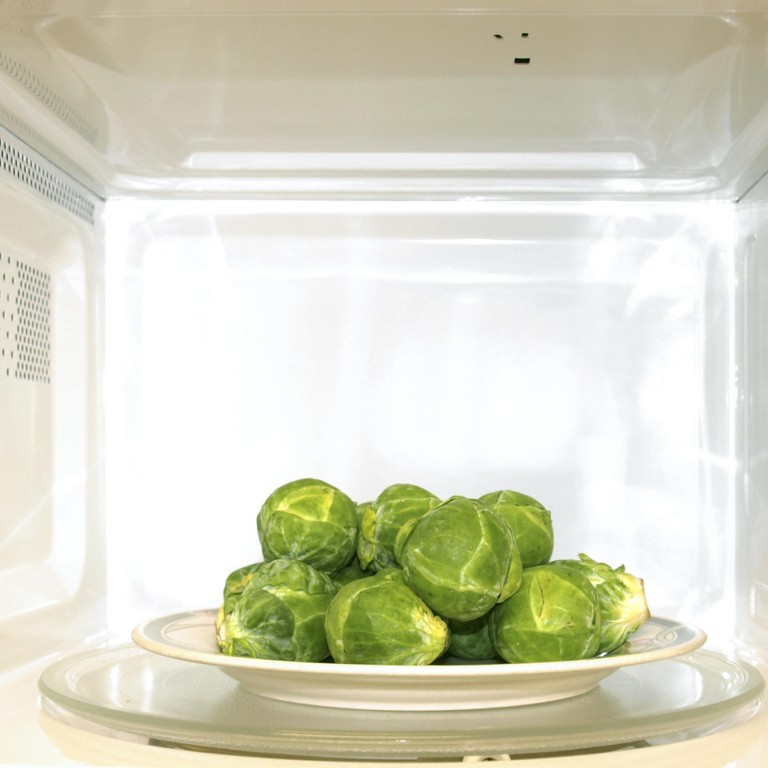
Hits & Myths: microwaving veggies will not destroy their nutrients
No
Many people avoid microwaving vegetables for fear that microwave energy is dangerous. They might choose steaming or stir-frying instead because these cooking methods are thought to be safer and better for preserving nutrients.
But Karen Chong, a registered dietitian from Matilda International Hospital, says microwaving veggies is just as acceptable - and in some cases more convenient - than steaming or stir-frying.
Just follow a few rules, she says. Don't microwave for too long to avoid loss of nutrients and don't put the vegetables in water because their nutrients may leak out. Also, don't chop vegetables too finely - the increased surface area makes for a greater loss of vitamins and minerals.
These rules should also be applied to steaming, stir-frying, boiling and roasting. Basically, every cooking method can destroy nutrients in food.
You have to watch the cooking time, temperature and the amount of water.
The faster you cook, the lower the temperature, and the less water you use, the more you can preserve nutrients.
Some vegetables also contain more heat-sensitive and water-soluble nutrients than others, and need careful cooking.
Alex Ching, a radiologist at Matilda International Hospital says microwaving uses less heat and is quicker than conventional cooking, which can minimise nutrient loss.
If you're worried about the radiation from a microwave oven, don't be. Ching says microwaving uses a form of non-ionising, low-energy electromagnetic radiation.
These waves are produced inside a microwave oven by an electron tube called a magnetron. They bounce back and forth inside the oven until they are absorbed by the food.
"These waves are remarkably selective, primarily affecting polarised molecules," Ching says. "The polarised molecules are electrically asymmetrical, with one end positively charged and the other negative. Chemists refer to that as polarity.
"Water is a polar molecule and microwaving causes these molecules in the food to vibrate. So, when a microwave oven cooks or heats up food, it does so mainly by energising water. And the more those water molecules vibrate, the more heat they create," Ching says.
Energy from a microwave oven is also more penetrating than the heat that is generated from a regular oven or stovetop. It immediately reaches the molecules about an inch or so below the surface.
The heat is what cooks the food, which is why in a microwave oven, foods with a high-water content, like fresh vegetables, can be cooked more quickly than other foods.

